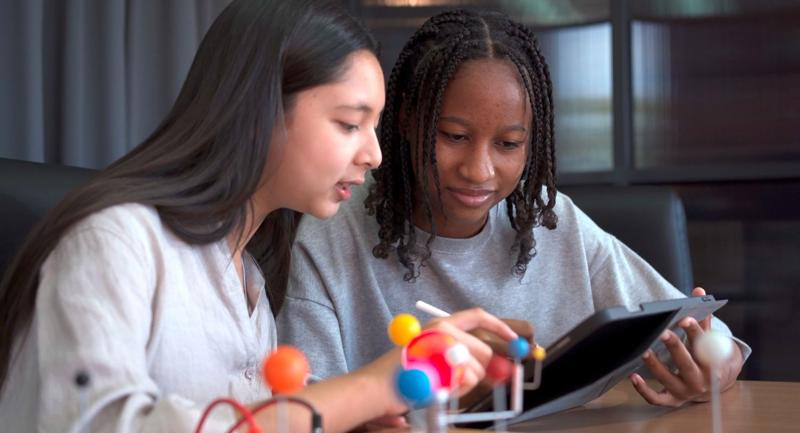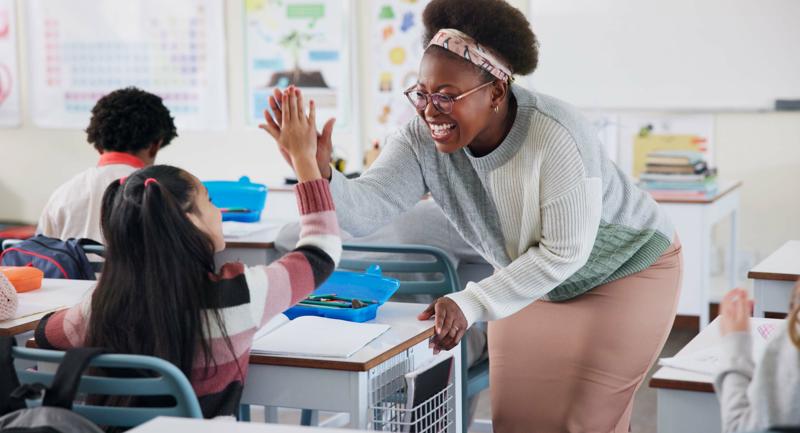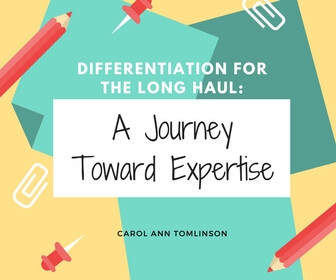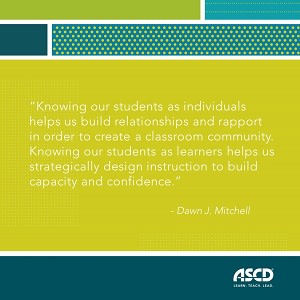When I was getting my master’s degree in education, my mom gave me sagacious advice. Don’t put a box around a child; all kids are smart in some way. Being in education for 35 years, part of her tenure was teaching art. Working with the students in art class, she saw something others did not. Her colleagues would tell her that a particular student was failing math or reading. Disregarding any preconceived notions about any one student, she allowed for multiple ways of expression. Those labeled as the “problem students” thrived in her class.
When we talk about a child being smart, one would make the assumption that this child can read challenging books, compute difficult math problems with ease, or finish a puzzle in record time. It is an automatic response we use, yet it’s unfair and passé.
Plenty of research exists on this topic showing that there are multiple ways to be intelligent. Howard Gardner, in his 2011 re-released book Frames of Mind, confirmed the theory that there are Multiple Intelligences (MI). But, sadly, most of our schools are not fully set up to take advantage of each intelligence since universally schools focus on growing linguistic and mathematical intelligences. Therefore, if a child has a musical gift or is highly independent, a child can be labeled ADHD, unmotivated, or behaviorally challenged (and sadly not considered “smart”).
While we cannot (in the short term) change the school culture and the tradition of school in general, we can be more aware of these intelligences and tailor our classrooms to bring these intelligences to the surface for our children allowing them to thrive and grow in his/her natural gifting. In fact, we can light that candle inside of them, helping them see the way they are smart.
According to Howard Gardner, the eight intelligences are:
- words (linguistic intelligence)
- numbers or logic (logical-mathematical intelligence)
- pictures (spatial intelligence)
- music (musical intelligence)
- self-reflection (intrapersonal intelligence)
- physical experience (bodily-kinesthetic intelligence)
- a social experience (interpersonal intelligence), and/or
- naturalistic (Not part of Gardner’s original seven; naturalistic intelligence was proposed by him in 1995).
It’s important to note that these intelligences are not the same thing as learning styles. Hattie and Yates wrote an informative book on the learning style myth, discussing that, for example, we all visually or auditorily learn.
In a practical sense, what we can gather from all the research is this: First and foremost, we must find ways to individualize our instruction. Second, we must vary our approach in how content is presented and how the knowledge learned is presented back to us. This will maximize our individual student’s intelligences and allow for all them to thrive.
1. Individualize our instruction
Back in the 1940’s, George Reavis, an Assistant Superintendent at the time, penned a fable called Animal School. It’s about a school made up of ducks, fish, rabbits and eagles. I always read it to my students (and parents) the first days of school. The moral: Allow those fish to swim, rabbits to run, and let those eagles soar. We can’t have a room full of average ducks. Why do I take time to share this? To enlighten their understanding that they are all smart in their own special way. Showing them a pie chart with all eight slices of intelligences can follow the story to further illustrate their individuality. We must become masterful at acquainting ourselves with our students’ strengths those first few weeks of school. This could be done with the following:
- All about me projects
- Surveys
- Interviews with students
- Presentations about self-interests
- Give students an MI test; there are many online
The key upon these activities is to observe observe observe. Interestingly, one can note an intelligence by watching what they are not doing. For example, the intra-personal student may remain completely silent and seem uncomfortable when asked to be in a group to discuss a topic. The kinesthetic student won’t be able to sit still. The musical student may be constantly tapping his/her pencil while you are talking. When we can see how these students are naturally bent and perhaps sometimes not following instructions, we can teach to their strengths. Teachers should carry a clipboard with all the students’ names, taking notes and making intelligence observations. They can rotate on focusing on a group of three or four students per day.
2. Diversify your lessons
When lesson planning, teachers can start with the objective and then identify an intelligence or two in how it is taught. For example, to teach fractions, each day of the week, a different intelligence can be emphasized. (These can be combined also).
- Monday: Logical Mathematical: use number lines, graphs, puzzles and brain games
- Tuesday: Bodily Kinesthetic: manipulatives, body formations, movement in the classroom
- Wednesday: Linguistic: picture books, journaling, poems
- Thursday: Spatial: dominoes, cards, manipulatives, flash cards with drawings
- Friday: Naturalistic: nature walk with observation journals
- Monday: Interpersonal: cooperative groups and games
- Tuesday: Intrapersonal: journaling, individual rubrics to check work
- Wednesday: Musical: sing math facts, musical instruments to play patterns
Homework can also be completed with a particular intelligence in mind. That way students can grow in a weak area some weeks and be in their sweet spot on other weeks.
3. Maximize our teaching
Varying how we portray material will be monumentally valuable for making the learning experiences come alive for all students. We must be constantly collecting information about student strengths and areas that could use improvement. If we have the lens that all students are smart in their own way by identifying their primary intelligence, we’ll see students flower even an environment that is not conducive to their given intelligence strength.
As we become more aware of our students, we can individualize our instruction to meet each student’s need, then diversify to strengthen intelligences while growing others. Connecting to our children by helping them see their individual intelligence, we are thereby lighting a candle inside of them. We want our students to have the confidence that they have a special gift to contribute to this world through the way their brain is wired. I want each student to leave my classroom with the knowledge of the special way they are smart and then to maximize that in their future endeavors.
For more information on Multiple Intelligences and everything you need to apply MI theory to curriculum development, lesson planning, assessment, special education, cognitive skills, and more, make sure to check out Multiple Intelligences in the Classroom, 4th Edition by Thomas Armstrong.







